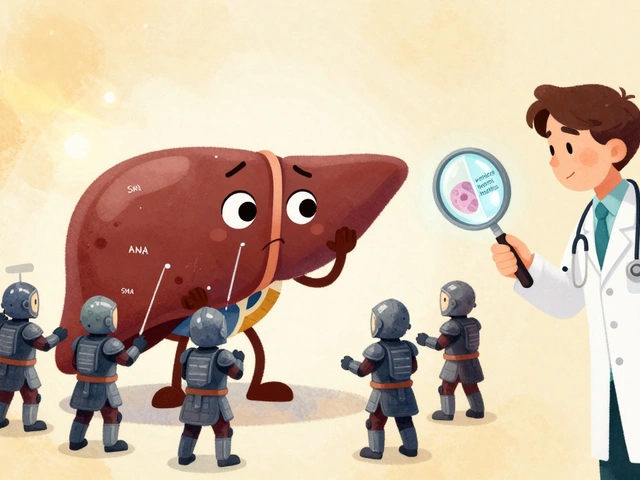
Menopause Headaches – What’s Behind the Pain?
When dealing with menopause headaches, headaches that commonly occur during the menopausal transition, often linked to hormonal shifts and other menopause‑related changes. Also known as menopausal headaches, they can feel like a sudden pressure, a throbbing pulse, or a tight band around the head. One of the biggest contributors is fluid retention, the buildup of excess water in tissues that’s common when estrogen levels drop, which can increase cranial pressure and set off a migraine. Another key player is hormone therapy, medical treatments that adjust estrogen and progesterone levels to ease menopausal symptoms. Finally, stress, the body’s response to physical or emotional strain that can trigger the release of cortisol and tighten blood vessels often amplifies the pain. Understanding how these entities interact gives you a roadmap to relief.
Why do these factors matter? Menopause headaches arise when fluctuating estrogen affects the brain’s serotonin pathways, which in turn can cause blood‑vessel dilation and pain. At the same time, fluid retention adds extra volume to the bloodstream, raising blood pressure and putting additional strain on the skull’s delicate structures. Hormone therapy can smooth out these swings, providing a steadier hormonal environment that reduces both headache frequency and intensity. Stress, on the other hand, spikes cortisol, which narrows blood vessels and makes them more reactive to hormonal changes. The combination creates a perfect storm: hormonal turbulence, swelling, and tension all clash in the same region. Recognizing each component lets you target them separately—adjusting medication, managing water balance, and practicing relaxation techniques can each cut the headache chain.
Practical Steps to Ease Menopause Headaches
Start by watching your sodium intake; cutting back on salty foods helps the body shed excess fluid and can lower the pressure that fuels throbbing. Stay hydrated with water, not sugary drinks, to keep the kidneys flushing out waste. If you’re on hormone therapy, work with your doctor to fine‑tune the dose; sometimes a slight tweak makes a big difference in headache patterns. Incorporate stress‑relief habits like deep‑breathing, short walks, or gentle yoga—these lower cortisol and keep blood vessels relaxed. Regular light exercise improves circulation, which can counteract the sluggish blood flow caused by fluid buildup. Finally, track your headaches in a simple journal: note the time, diet, stress level, and any medication changes. Patterns will emerge, showing you which trigger is strongest for you.
Below you’ll find a curated set of articles that dive deeper into each of these areas—how fluid retention spikes during menopause, the best hormone‑therapy options, stress‑management tricks, and more. Armed with this context, you’ll be ready to pick the right strategy and start feeling better today.
-
9 Oct







